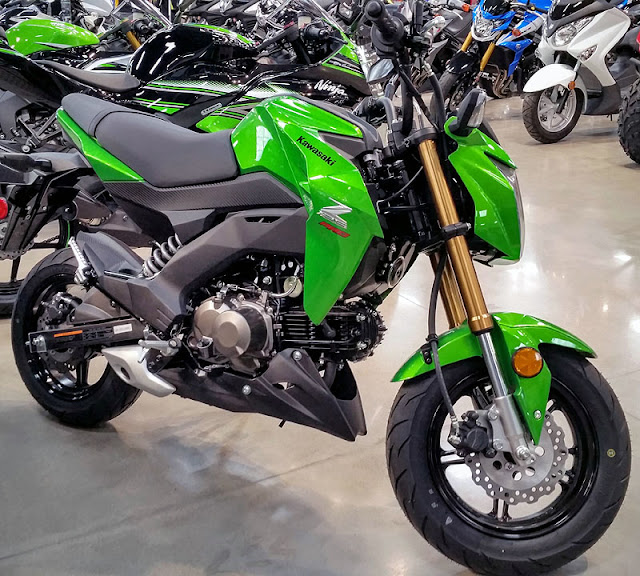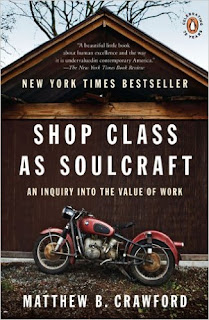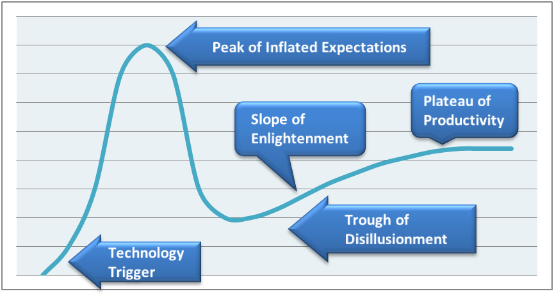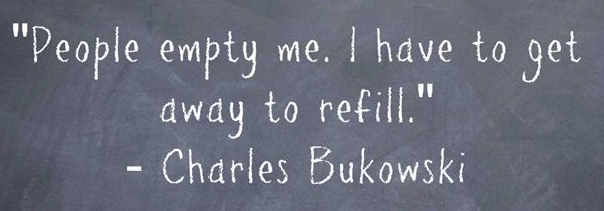I find myself fighting a constant battle with non-riders over just how dangerous motorcycling is. They can’t understand why I would risk life and limb (or my son’s life and limb) to do something so superfluous. Unfortunately, the press is more than willing to inflame this perception.
While I was away this weekend a news story appeared that threw more gas on the fire…
https://www.thestar.com/news/canada/2016/07/30/1-dead-after-new-brunswick-crash-involving-hells-angels-other-biker-groups-police.html
| Bloodbaths, and then five people ♥’ed it? |
Where do I even begin with this? The people involved in this crash made a number of bad decisions that led to a disaster.
A group mentality had them passing a vehicle en masse, something you never do. Any sane motorcyclist knows that your pass is yours and yours alone, even (especially?) when you’re in a group. You make the move when it’s safe and practical to do it, not because the people around you are. This is yet another reason why I don’t like riding in groups, there is pressure to ride as a unit instead of an individual. That kind of thinking is the antithesis of why I ride.
A few weeks ago I met up with an eclectic group of riders up by the Bruce Peninsula. At its biggest we were about half a dozen bikes. There were a couple of times during the ride when people crossed double yellow lines and dived around traffic. They’ve all been riding a lot longer than I have, but I found some of the moves a bit reckless, and didn’t follow. My ride is my ride, I make the decisions.
| My best guess at what the point of impact looked like. In the video below it looks like the bikes are in a pile in the oncoming lane, so they attempted to pass to the left of a left turning truck and trailer. Done on Draw Accident Sketch. |
Looking at video from the accident, it looks as though the bikers were trying to pass the left turning camper in the oncoming (left hand) lane – they were trying to beat the turning vehicle, which sounds like a bad idea no matter how you phrase it.
This reads like a litany of things not to do while riding a motorcycle. Apart from the group mentality, attempting to pass a left turning vehicle on the left suggests a real deficit in road reading, let alone basic physics.
This kind of riding is what stopped me from getting on a motorcycle just when I was going to get my license the first time twenty years ago. In that case a kid, late for work, gunned it through a red light and went over the hood of a left turning car; instant fatality. The cautionary tales that come from these situations always have more to do with poor road craft than they do with the perils of riding a motorbike.
Riding a motorcycle isn’t easy. 10% of my class failed to get their introductory license through a combination of poor coordination and inability to manage the many things you’re doing on a bike (you’re using both hands, both feet and your whole body to ride it), and that was in a parking lot. On the road there are a whole raft of other considerations on top of operating the bike. You need to develop advanced defensive riding skills because you’ll lose in any collision; it doesn’t matter who is at fault when you get in an accident on a bike.
My suspicion is that these bikers thought their numbers and loud pipes would humble any other road user into waiting to let them pass. Using intimidation as a road management tool is a slippery slope. I’m not trusting my life to other people’s perception of me – more often than not they don’t see me at all.
This video was shared with us by a man who stayed at campground on the roadway where this mass accident took place pic.twitter.com/ySWNYx2FYw— Shane Fowler (@CBCShane) July 30, 2016
Shortly after this happened I came across this great article explaining to car drivers why motorcycles act the way they do. I’m willing to bet the people involved in this accident had no familiarity with these habits. Riding a motorcycle is a difficult thing, but doing it well is very satisfying. Doing it poorly is just asking for trouble. If you’re a non-rider and you want to trot this out as an example of why motorcycling is dangerous, it’s a poor example.


































